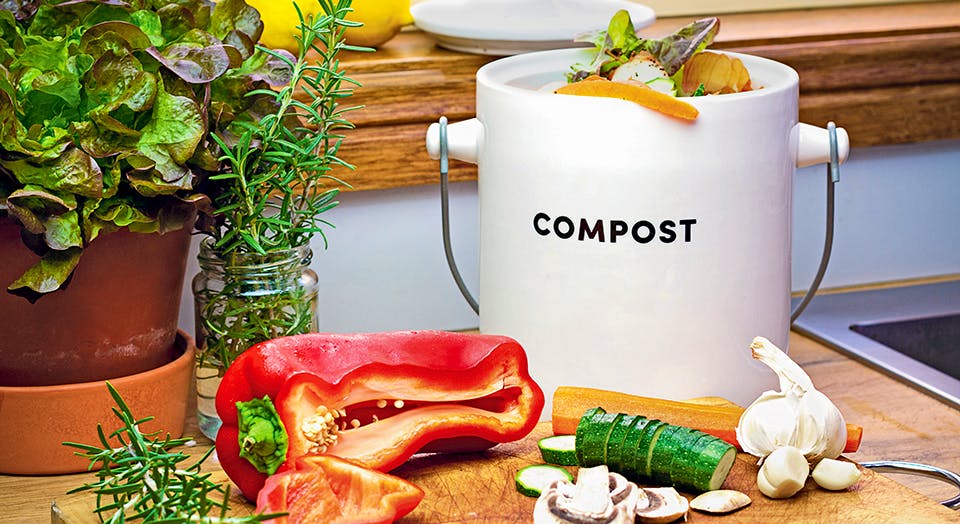10 Things You Can Do To Protect Nature
Now that you’ve read about all the amazing things biodiversity does for us, here are some things you can do.
1 Help friends, family, neighbors and coworkers understand the importance of biodiversity. The extinction crisis is real but also fixable, and it will make the environment around us better for everyone now and into the future—with fewer extreme weather events, less famine and more stable economies. To do this, we need policies and programs, but we also need people to choose to live more in balance with Earth.
2 Pay attention to what you eat. For example, avoid products containing palm oil—rainforests are being cut down to grow palm oil plants. Buy local to reduce greenhouse gases associated with transportation, and if you eat seafood, make sure it is sustainable. (Use a guide like the Monterey Bay Aquarium’s Seafood Watch). Choose plant-based foods. Meat production takes up far more resources and energy. In fact, 75% of all crops and pastures are used for livestock.
3 Pay attention to what you don’t eat. A third to one half of all food spoils from farm to processing and delivery, and 40% of what is delivered we toss off our plates. Adapt shopping habits and consider composting food scraps so nutrients return to the soil instead of emitting greenhouse gases in landfills. Many municipalities offer compost drop-offs at local farmers’ markets. See if yours does. If not, suggest starting one.
4 Lower your carbon footprint, even a little. Consider installing solar panels on your roof, taking your car on multiple errands at once rather than several round trips and getting a home energy audit often offered for free by utility companies to identify energy-use inefficiencies.
5 Research the positions of political candidates and vote for those who support renewable energy and who protect imperiled species and public lands.
6 Support environmentally friendly businesses, buy local when possible and, when traveling abroad, be careful you don’t unintentionally bring home a souvenir made from an imperiled species.
7 If you have a yard, think of it as a little piece of nature around you. Avoid pesticides, plant native species for wildlife, compost yard waste and use rain barrels.
8 Consider what you put down your drain. What exits pipes can ultimately flow into waterways. Don’t do laundry on rainy days if your city’s sewer treatment plant might overflow. Limit showers to five minutes.
9 If you’re in a position to influence changes at work, promote conservation—like not stocking single-use plastics, moving toward renewable energy, creating a rooftop habitat and inspiring employees to participate in Meatless Mondays.
10 Never think you can’t make a difference or that it’s somebody else’s problem to solve. Each of us has a role to play to make the world a better place.
Photo credit: © Holly Harry/Stock.Adobe.com
